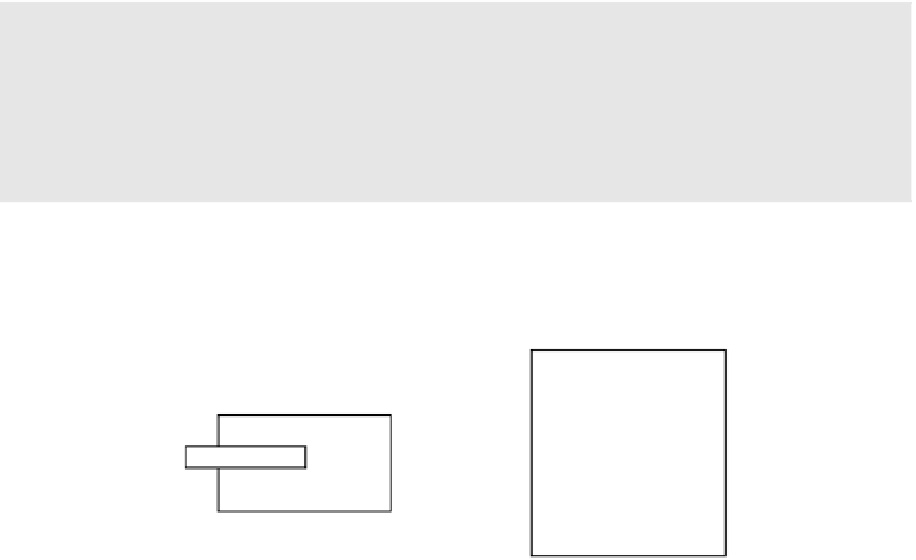Information Technology Reference
In-Depth Information
Class Inheritance
Inheritance allows you to define a new class that incorporates and extends an already
declared class.
•
You can use an existing class, called the
base class
, as the basis for a new class, called the
derived class
. The members of the derived class consist of the following:
-
The members in its own declaration
-
The members of the base class
To declare a derived class, you add a
class-base specification
after the class name. The
class-base specification consists of a colon, followed by the name of the class to be used
as the base class. The derived class is said to
directly inherit
from the base class listed.
A derived class is said to
extend
its base class, because it includes the members of the
base class plus any additional functionality provided in its own declaration.
A derived class
cannot delete
any of the members it has inherited.
For example, the following shows the declaration of a class called
OtherClass
, which is
derived from a class called
SomeClass
.
Class-base specification
↓
class OtherClass : SomeClass
{
↑
↑
...
Colon
Base class
}
Figure 7-1 shows an instance of each of the classes. Class
SomeClass
, on the left, has one
field and one method. Class
OtherClass
, on the right, is derived from
SomeClass
and contains
an additional field and an additional method.
Figure 7-1.
Base class and derived class













































































